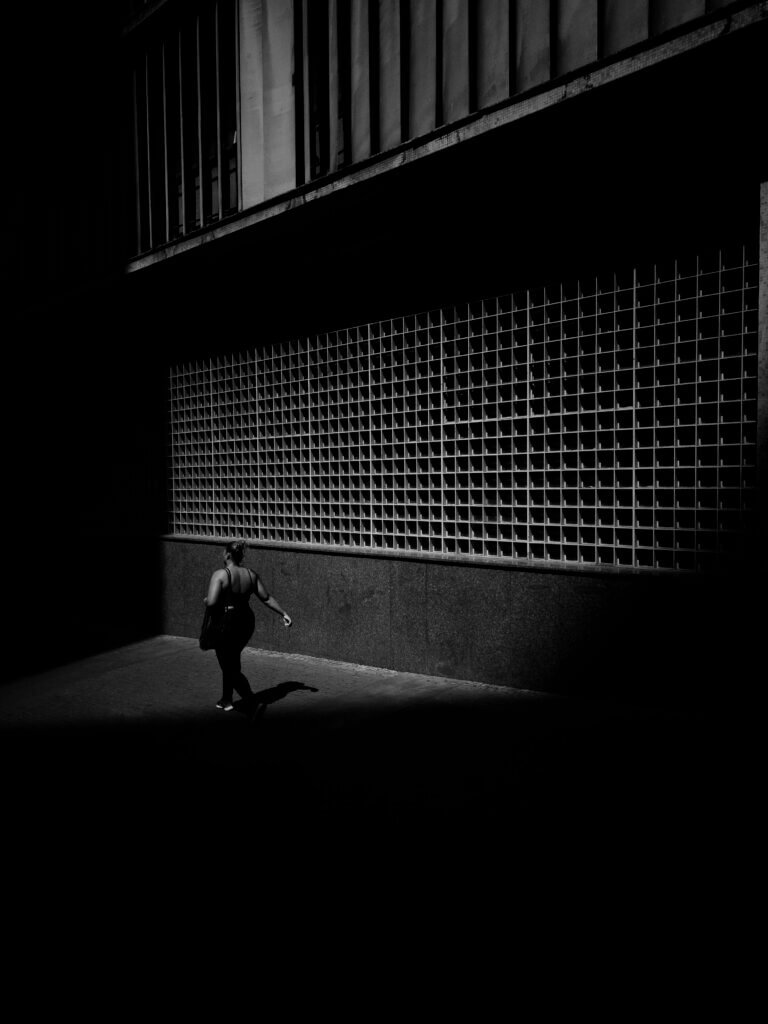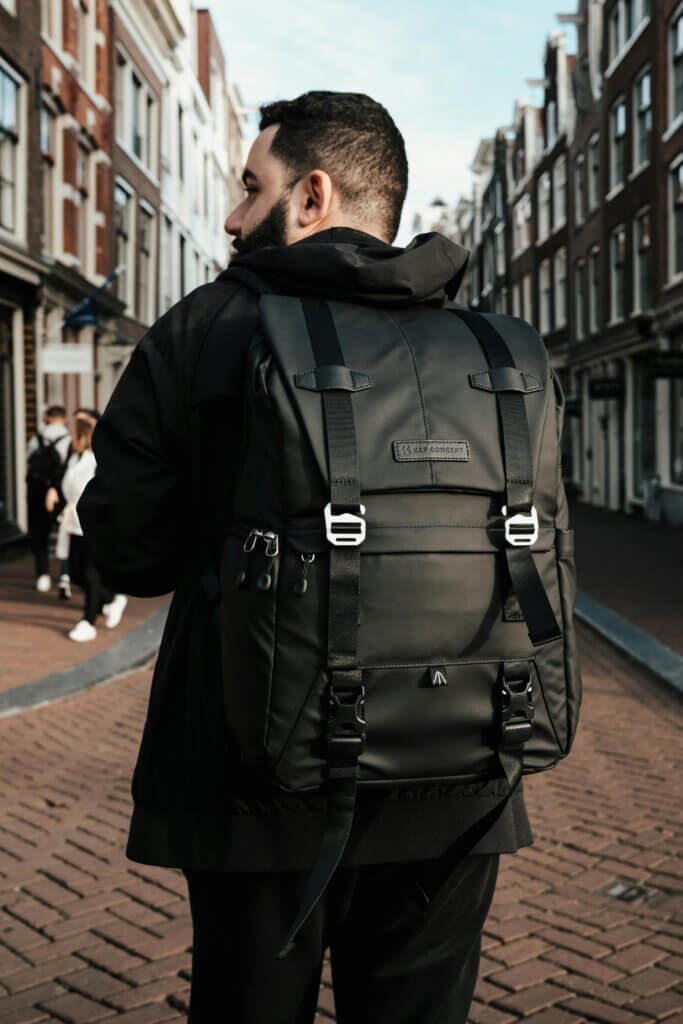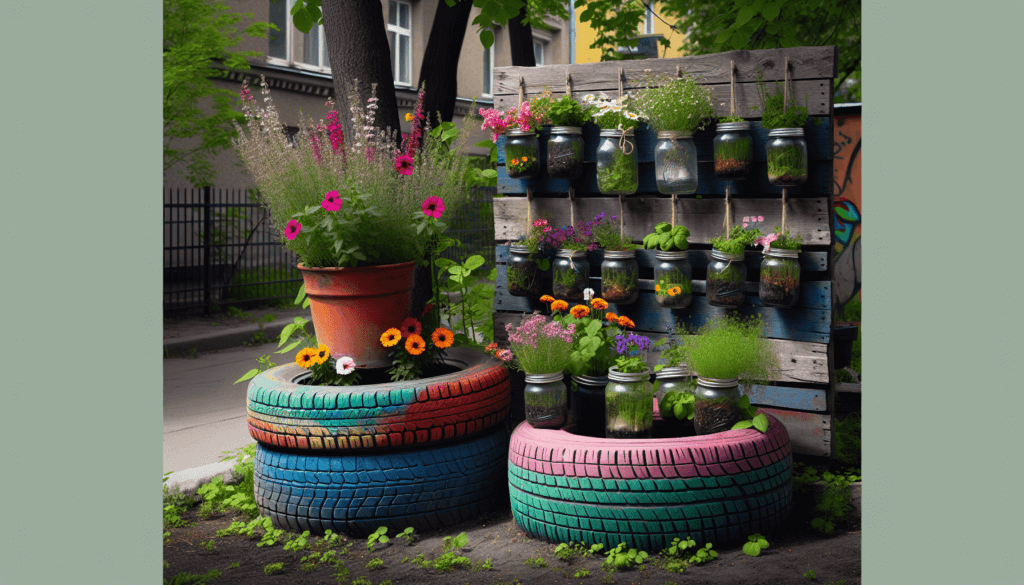Have you ever wondered how to transform everyday household items into practical tools for your urban garden? In this article, discover the best ways to repurpose common household items for your urban garden projects. From turning old jars into herb planters to repurposing wine corks as plant markers, you’ll find innovative and eco-friendly ideas to bring a touch of green to your urban space. With these creative solutions, you can give new life to items that might otherwise end up in the landfill while creating a beautiful and sustainable garden. So, grab some inspiration and get ready to unleash your creativity in transforming household items into urban garden treasures.

Containers and Planters
1.1 Plastic Bottles
Plastic bottles are a versatile and easily accessible option for creating containers and planters for your urban garden. They can be repurposed into various sizes and shapes to accommodate different types of plants. Simply cut off the top portion of the bottle, poke holes in the bottom for drainage, and fill it with soil. These bottles are especially great for growing smaller herbs and flowers.
1.2 Tin Cans
Don’t throw away those empty tin cans! They can be transformed into charming planters for your urban garden. After cleaning and removing any sharp edges, you can paint them in vibrant colors or even leave them with a rustic look. Add some holes to the bottom for adequate drainage, fill them with soil, and plant your desired plants. Tin cans can be perfect for growing herbs or smaller vegetables like peppers or cherry tomatoes.
1.3 Glass Jars
Glass jars, such as mason jars or pickle jars, can be turned into unique and stylish plant containers. These jars provide a transparent view of your plants’ roots, which can be fascinating to observe. After sterilizing the jars, fill them with soil and plant your chosen herbs or flowers. Glass jars are ideal for growing plants that thrive in a moist environment, like succulents or herbs like basil and mint.
1.4 Wooden Crates
If you have an old wooden crate lying around, don’t let it go to waste – it can be transformed into a beautiful garden planter. Line the bottom of the crate with landscaping fabric or a plastic sheet to prevent water leakage. Fill it with nutrient-rich soil and plant your desired vegetables or flowers. Wooden crates create a charming rustic look and can accommodate larger plants like tomatoes or lettuce.
Vertical Gardens
2.1 Hanging Shoe Organizer
A hanging shoe organizer can be repurposed into a practical and space-saving vertical garden. Hang it on a sturdy wall or fence and fill each pocket with soil and your favorite plants. This creative solution is perfect for herbs, small vegetables, or even vibrant flowers. Not only does it maximize space, but it also adds an eye-catching element to your urban garden.
2.2 Pallets
Pallets are a fantastic way to create a vertical garden and utilize vertical space effectively. Simply mount the pallet vertically against a wall or fence and secure it in place. Fill each section between the slats with soil, and plant your desired herbs, vegetables, or flowers. Pallets provide numerous planting pockets, making them ideal for vertical gardening in small spaces.
2.3 Wooden Ladders
Turn an old wooden ladder into a stunning vertical garden by adding shelves or attaching plant containers. Each rung of the ladder can serve as a platform for your plants, allowing them to grow vertically. This method not only saves space but also adds an artistic touch to your garden. You can grow a variety of plants, including herbs, flowers, or even small vegetables, depending on the size of the ladder.
2.4 Repurposed Gutters
Gutters can be more than just a functional part of your home – they can also become a creative vertical garden. Attach a length of gutter to a wall or fence, ensuring it is sloped slightly for proper water drainage. Fill it with soil and plant your favorite herbs or shallow-rooted plants. Gutter gardens are perfect for small spaces and can be easily mounted and disassembled as needed.

Watering Systems
3.1 Rain Barrels
A rain barrel is an eco-friendly and cost-effective way to water your urban garden. By collecting rainwater, you can reduce your reliance on tap water and lower your water bill. Place the rain barrel under a downspout, and it will collect and store rainwater for later use. When your plants need watering, simply fill a watering can from the rain barrel and give them a drink.
3.2 Drip Irrigation from Plastic Bottles
Plastic bottles can be repurposed into a simple drip irrigation system. Fill the bottle with water, poke small holes in the cap, and bury it partially in the soil beside your plants. As the soil dries out, water will slowly drip out of the bottle, providing a steady supply of hydration directly to the plants’ roots. This method is particularly useful for plants that benefit from consistent moisture, such as tomatoes or cucumbers.
3.3 Self-Watering Planters
Self-watering planters take the guesswork out of watering your plants. These planters feature a reservoir at the bottom that holds water, while a wicking system allows the roots to draw up moisture as needed. The soil stays consistently moist, resulting in healthier plants and less frequent watering. Self-watering planters can be made from various containers like plastic bottles or storage bins, making them a versatile and low-maintenance option for urban gardens.
Raised Beds and Trellises
4.1 Old Bed Frames
An old bed frame can serve as a sturdy and attractive raised bed for your urban garden. Remove the headboard and footboard, leaving behind the frame and slats. Line the bottom with landscaping fabric to prevent weed growth, add nutrient-rich soil, and begin planting your desired vegetables or flowers. The height of the bed frame makes it convenient for gardening, particularly for those with limited mobility.
4.2 Recycled Pallets
Recycled pallets can be used to create raised beds that are not only functional but also visually appealing. Disassemble the pallets, arrange the boards in a rectangular shape, and secure them together. Line the bottom with landscaping fabric and fill it with soil for planting. Pallets provide excellent drainage and airflow, making them suitable for growing a wide range of plants, from vegetables to flowers.

Seedling Starters
5.1 Egg Cartons
Egg cartons are an excellent choice for starting seeds indoors. Fill each compartment with potting soil and plant your seeds. The individual sections provide the perfect space for seedlings to develop their roots before being transplanted into larger containers or directly into the garden. When it’s time, simply cut apart each section and plant the seedlings, carton and all, into the soil – the carton will naturally decompose.
5.2 Citrus Peels
Citrus peels can be repurposed into biodegradable seedling starters. Carefully remove the fruit from each half of the peel, leaving behind the pith. Fill the peel with potting soil and plant your seeds. As the seedlings grow, the peels will provide nutrients to the developing roots. When it’s time to transplant, plant the entire peel and seedling directly into the soil, allowing it to decompose naturally.
5.3 Yogurt Containers
Yogurt containers are an ideal option for starting seeds due to their size and convenient shape. Clean and sterilize the containers, poke holes in the bottom for drainage, and fill them with potting soil. Plant your seeds and place the containers in a sunny location. Once the seedlings have grown, they can be easily transplanted into larger containers or directly into the garden, as the yogurt containers are lightweight and easily biodegradable.
Herb Gardens
6.1 Hanging Shoe Organizer
As mentioned earlier, a hanging shoe organizer can be repurposed into a herb garden. Growing herbs in a hanging shoe organizer is a clever way to keep them accessible and save valuable countertop space. Plant a different herb in each pocket, ensuring they receive adequate sunlight and water. Hang the shoe organizer near a window or on a wall, and enjoy fresh herbs at your fingertips for culinary delights.
6.2 Muffin tins
Muffin tins can be transformed into a charming herb garden with divided compartments that allow multiple herbs to flourish in a single container. Ensure the tin has adequate drainage by poking several holes in the bottom of each cup. Fill each compartment with potting soil, plant your herb seeds or small plants, and place the muffin tin in a sunny spot. Muffin tin herb gardens are not only functional but also visually appealing.
6.3 Tea tins
Repurpose old tea tins into unique and aesthetically pleasing herb containers. Ensure the tins are clean and free from any residual tea leaves. Fill them with well-draining soil and plant your desired herb seeds or small plants. Label each tin to easily identify the herbs, and place them on a windowsill or countertop where they can receive adequate sunlight. Tea tin herb gardens add a touch of elegance to any kitchen or garden space.

Garden Art and Decor
7.1 Old Tires
Old tires can be repurposed into visually stunning garden art and decor. Painted in vibrant colors, stacked, or used as planting containers, tires can add a playful and artistic touch to your urban garden. They can be turned into raised beds, flower planters, or even transformed into garden sculptures. With a bit of creativity and paint, old tires can be transformed into eye-catching pieces of art.
7.2 Broken Ceramics
Don’t discard broken ceramics – they can be repurposed into unique garden art and decor. Broken tiles, plates, or even shattered pottery can be used to create mosaic stepping stones, decorative borders, or colorful plant markers. With some adhesive or mortar, you can turn broken pieces into beautiful art that adds character and charm to your garden. Embrace the imperfections and turn them into works of art.
7.3 Wine Bottles
Empty wine bottles can be repurposed into elegant garden decorations. Remove the labels, clean the bottles, and prepare them with a wine bottle cutter to create distinctive planters. These bottles can be hung from tree branches, fences, or walls, adding a touch of sophistication to your garden. Fill them with soil and plant cascading flowers or trailing vines for a charming and unique display.
Composting
8.1 Plastic Storage Bins
Plastic storage bins can be transformed into convenient and low-cost compost bins. Drill or poke holes in the sides and bottom of the bin to allow for proper aeration and drainage. Layer your compostable materials, such as kitchen scraps, yard waste, and shredded paper, and mix them occasionally to promote decomposition. Plastic storage bins are an excellent alternative for urban gardeners who don’t have large outdoor spaces for traditional compost piles.
8.2 Wooden Pallet Compost Bin
Repurpose wooden pallets into a simple and functional compost bin. Secure three pallets together to form an open-front box, leaving the fourth as a hinged door for easy access. Stack the compostable materials inside the bin, ensuring you alternate between green materials (e.g., kitchen scraps) and brown materials (e.g., leaves or shredded paper). The gaps in the pallets provide airflow, helping to break down the compost efficiently.

Repurposed Fencing and Trellises
9.1 Old Doors
Old doors can be repurposed into stunning garden trellises and privacy screens. Secure the door vertically against a wall or fence and use the panels to support climbing plants such as roses, beans, or morning glories. The decorative features of the door can add a touch of elegance to your garden while providing a functional structure for your plants to thrive. Old doors bring a sense of history and charm to your urban garden space.
9.2 Repurposed Bed Springs
Don’t discard old bed springs – they can be repurposed into unique and visually appealing trellises for your garden. Attach them to a fence or vertical structure and allow your climbing plants to weave through the springs. Bed springs provide excellent support for vining plants and add an element of whimsy to your garden. Embrace the repurposed bed springs and turn them into captivating garden features.
9.3 Bamboo Poles
Bamboo poles are an eco-friendly and versatile option for creating trellises in your urban garden. They can be repurposed as supports for climbing plants or as fence extensions for added privacy. Secure the bamboo poles vertically or horizontally, depending on the desired effect, and train your plants to grow alongside them. Bamboo trellises provide a natural aesthetic and can easily blend into any garden design.
Creative Plant Labels
10.1 Wine Corks
Instead of throwing away wine corks, repurpose them into unique and charming plant labels. Simply write the name of each plant on a wine cork with a permanent marker and attach them to a wooden skewer or small stick. Place the labeled cork into the soil next to each corresponding plant. This simple and eco-friendly solution adds a touch of character to your garden while keeping your plants organized.
10.2 Wooden Clothespins
Wooden clothespins can be transformed into practical and customizable plant labels. Write the names of your plants on the flat side of each clothespin or use alphabet stickers for a neater appearance. Attach the clothespins to stakes, wooden skewers, or directly to the pots or containers. The versatility of wooden clothespins allows you to easily move them as needed and change the labels whenever you rearrange your garden.
10.3 Popsicle Sticks
Popsicle sticks are a classic and inexpensive option for plant labels. Write the names of your plants on the wide end of each stick with a permanent marker or use alphabet stamps for a clean look. Place the popsicle sticks directly into the soil beside the corresponding plants or insert them into pots and containers. Popsicle stick plant labels are simple yet effective, helping you keep track of your plant varieties.


